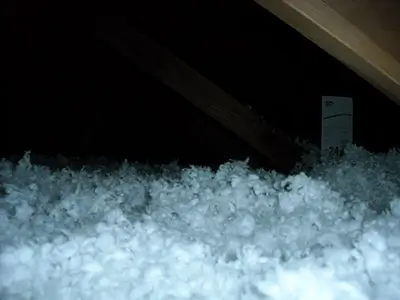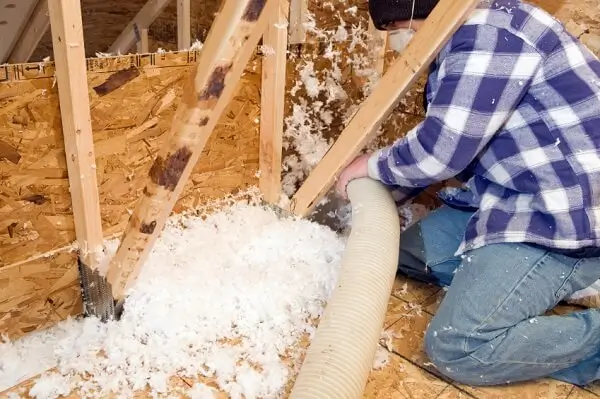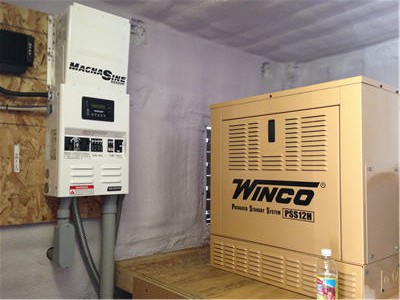As the winter frost thaws and flowers start to bloom, spring emerges as a season of renewal and rejuvenation. It’s also an ideal time to give your home some much-needed attention after the long, chilly months. While many homeowners focus on tidying up closets and dusting forgotten corners during their spring cleaning rituals, it’s essential not to overlook one critical aspect of your home: insulation. As experts in insulation in Plymouth, Lewis Insulation is here to explain why now is the perfect time to check your home’s insulation.
Insulation is the unsung hero of your home’s energy efficiency, working silently behind the scenes to keep you warm in winter and cool in summer. However, over time, insulation can degrade, become damaged or even settle, leading to decreased efficiency and increased energy bills. That’s why spring is the perfect time to assess the state of your home’s insulation and make any necessary improvements before the sweltering heat of summer arrives.
Here’s why you should prioritize insulation inspection and maintenance this spring:
1. Energy Efficiency: With temperatures rising, your HVAC system will be working overtime to keep your home cool. If your insulation isn’t up to par, valuable cooled air can escape, forcing your air conditioner to work harder and consume more energy. By ensuring your insulation is in good condition, you can maximize energy efficiency and lower your utility bills.
2. Comfort: Proper insulation not only keeps your home energy-efficient but also helps maintain a comfortable indoor environment. Inadequate insulation can result in uneven temperatures throughout your home, with some rooms feeling excessively hot while others remain chilly. By addressing insulation issues now, you can ensure consistent comfort for you and your family throughout the warmer months.
3. Preventing Moisture Damage: Spring showers may bring May flowers, but they can also wreak havoc on your home if moisture finds its way indoors. Insulation plays a crucial role in preventing moisture buildup and condensation, which can lead to mold growth, rot and structural damage. By maintaining your insulation, you can safeguard your home against water-related issues and preserve its integrity.
4. Allergy Relief: Springtime allergies can make life miserable for allergy sufferers, but did you know that proper insulation can help reduce indoor allergens? By sealing gaps and cracks where allergens can infiltrate, you can create a healthier indoor environment and breathe easier during allergy season.
So, where should you start with your spring insulation inspection? Begin by checking the insulation in key areas of your home, such as the attic, walls and crawl spaces. Look for signs of damage, compression or moisture intrusion, and consider hiring a professional like Lewis Insulation if you’re unsure about the condition of your insulation.
Are you ready to make sure your insulation in Plymouth or the surrounding Twin Cities area is ready for the upcoming year? Call Lewis Insulation today at 763-477-2612 or contact us!





